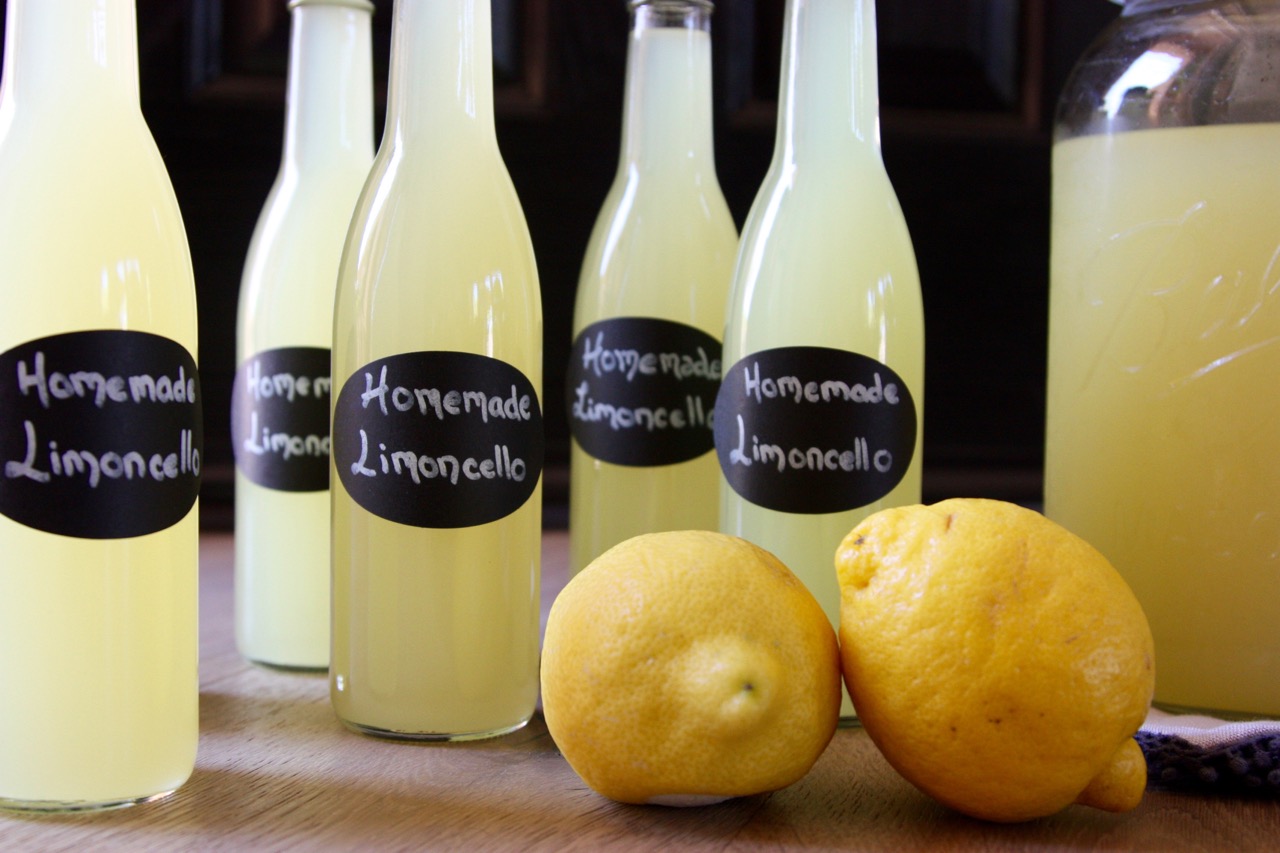

Articles
How To Store Limoncello
Modified: March 23, 2024
Learn the best methods for storing homemade limoncello in this comprehensive collection of articles. Maximize flavor and longevity with expert tips and techniques.
(Many of the links in this article redirect to a specific reviewed product. Your purchase of these products through affiliate links helps to generate commission for Storables.com, at no extra cost. Learn more)
Introduction
Welcome to our guide on how to store Limoncello! Limoncello is a traditional Italian liqueur known for its vibrant yellow color and refreshing citrus flavor. Made from lemon peels, alcohol, water, and sugar, this delicious drink is typically enjoyed as an after-dinner digestif. Whether you have purchased a bottle of Limoncello or have made your own homemade batch, proper storage is essential to preserve its taste and quality.
In this article, we will take a closer look at the best practices for storing Limoncello. We will explore the different container options, discuss the optimal storage temperatures, and provide some useful tips to ensure that your Limoncello remains fresh and enjoyable for an extended period of time.
So, if you’re ready to learn how to properly store your Limoncello, let’s dive in!
Key Takeaways:
- Properly storing Limoncello is essential to maintain its vibrant color and refreshing citrus flavor. Choose the right containers, prepare the liqueur, and store it in the refrigerator, freezer, or at room temperature for an optimal experience.
- To preserve the delightful taste of Limoncello, store it in glass bottles with airtight seals, away from heat, light, and strong odors. Whether in the refrigerator, freezer, or at room temperature, follow proper storage practices for a delightful Limoncello experience.
Read more: How To Store Homemade Limoncello
What is Limoncello?
Limoncello is a traditional Italian liqueur that originates from the sunny Amalfi Coast in southern Italy. It is known for its vibrant yellow color, intense lemon aroma, and sweet, tangy flavor. This beloved digestif has gained popularity around the world and is often enjoyed as a refreshing after-dinner drink.
The main ingredient in Limoncello is lemon peels, which are steeped in alcohol to extract the essential oils and flavors. The alcohol used can vary, but it is typically a high-proof spirit such as vodka or grain alcohol. This mixture is left to infuse for several weeks, allowing the lemon peels to impart their distinct taste and fragrance.
After the infusion process, a simple syrup made from water and sugar is added to balance the tartness of the lemons. This step brings a delightful sweetness to the liqueur without overpowering the citrus notes. The resulting Limoncello is then filtered to remove any impurities and bottled for consumption.
Limoncello is best enjoyed chilled, straight from the freezer or refrigerator. Its refreshing taste and bright lemony flavor make it a perfect digestif, especially during hot summer months.
While Limoncello is commonly associated with Italy, it has gained popularity worldwide. Many countries now produce their own versions of Limoncello, utilizing local lemons and adding their own unique twists to the recipe.
Now that we know what Limoncello is, let’s explore how to store it properly to maintain its quality and taste.
Choosing the Right Containers
When it comes to storing Limoncello, choosing the right containers is crucial to maintain its flavor and quality over time. Here are a few considerations to keep in mind:
1. Glass bottles: Glass is the ideal material for storing Limoncello. It is non-reactive and helps preserve the taste and aroma of the liqueur. Look for bottles that have airtight seals or caps to prevent air from entering and oxidizing the drink.
2. Dark or opaque bottles: Limoncello is sensitive to light, which can degrade its flavors and color over time. Opt for dark or opaque glass bottles that offer protection against UV rays. This will help maintain the vibrant yellow hue of the liqueur.
3. Size of the bottles: It’s advisable to store Limoncello in smaller bottles rather than large ones. This allows you to open and consume one bottle at a time, minimizing exposure to air and temperature changes for the remaining bottles. Additionally, smaller bottles are more convenient for gifting and transportation.
4. Sealability: Ensure that the containers you choose have tight seals that create a strong barrier against air and moisture. This helps prevent oxidation and keeps the Limoncello fresh for longer periods.
5. Freezer-safe containers: If you plan to store Limoncello in the freezer, make sure the bottles are specifically designed to withstand freezing temperatures. Glass bottles with thicker walls or plastic containers labeled as freezer-safe are your best options.
Remember, the quality of the containers you choose will directly impact the longevity and taste of your stored Limoncello. Invest in high-quality bottles that are suitable for long-term storage and ensure the best possible preservation of the liqueur.
Now that you know which containers to look for, let’s move on to the next step: preparing the Limoncello for storage.
Preparing the Limoncello for Storage
Before you store your Limoncello, it is important to make sure it is properly prepared. Follow these steps to ensure that your Limoncello is ready for storage:
1. Strain the mixture: If you have made homemade Limoncello, strain the mixture to remove any lemon peels or sediment. This will result in a smoother and clearer liqueur. Use a fine-mesh strainer or coffee filter to effectively remove any solid particles.
2. Dilute if necessary: Homemade Limoncello recipes may vary in alcohol content and sweetness levels. If your Limoncello is too strong or too sweet for your preference, you can dilute it by adding more alcohol or simple syrup accordingly. Adjust the taste to your liking before storing.
3. Clean the bottles: Ensure that the bottles you plan to use for storing Limoncello are clean and free from any residue or odors. Wash them with warm soapy water and rinse thoroughly. This will prevent any unwanted flavors or contamination and maintain the integrity of the Limoncello.
4. Transfer the Limoncello: Carefully pour the strained Limoncello into the chosen storage containers. Leave some headspace at the top of each bottle to allow for expansion if freezing the liqueur.
5. Label the bottles: It’s always a good idea to label your Limoncello bottles with the date they were prepared. This will help you track the aging process and ensure that you consume them within a reasonable timeframe.
By following these steps, you can ensure that your Limoncello is properly prepared for storage. Now, let’s explore the different methods of storing Limoncello and the ideal storage temperatures for each.
Storing Limoncello in the Refrigerator
One of the most common methods for storing Limoncello is in the refrigerator. The cool and stable temperature of the refrigerator helps maintain the flavor and quality of the liqueur. Here’s how to store Limoncello in the refrigerator:
1. Choose the right spot: Find a spot in your refrigerator where the temperature remains consistently cool. Avoid placing the Limoncello near the door, as it is subjected to fluctuating temperatures due to frequent opening and closing.
2. Seal the bottles: Ensure that the bottles of Limoncello are tightly sealed to prevent air from entering and affecting the taste. This will help maintain the freshness of the liqueur for a longer period.
3. Avoid exposure to light: As mentioned earlier, Limoncello is sensitive to light. Keep the bottles away from direct light or place them in a dark part of the refrigerator. This will help preserve the vibrant color and prevent any potential deterioration of flavors.
4. Monitor the temperature: Maintain a consistent temperature in your refrigerator between 32-40°F (0-4°C). Fluctuations in temperature can impact the taste and texture of the Limoncello. Invest in a refrigerator thermometer to ensure accuracy.
5. Be aware of expiration dates: While properly stored Limoncello can remain enjoyable for months, it is best to check the expiration date. Generally, commercially produced Limoncello has a shelf life of 2-3 years, while homemade versions may have a shorter shelf life of 6-12 months. Consume the liqueur before the expiration date for the best taste experience.
By following these guidelines, you can store your Limoncello in the refrigerator and enjoy it anytime you desire. However, if you prefer a longer shelf life or want to experiment with different serving options, freezing the Limoncello may be a suitable alternative.
Store limoncello in a cool, dark place, away from direct sunlight and heat. Keep the bottle tightly sealed to prevent oxidation and maintain the flavor. It can be stored at room temperature or in the refrigerator for a longer shelf life.
Read more: How To Store Limoncello – Once Opened
Storing Limoncello in the Freezer
If you want to extend the shelf life of your Limoncello or prefer a chilled, icy experience, storing it in the freezer is a great option. Freezing Limoncello not only helps preserve its taste and quality but also provides a refreshing, slushy texture. Here’s how to store Limoncello in the freezer:
1. Choose freezer-safe containers: Ensure that the bottles or containers you use for storing Limoncello in the freezer are specifically designed to withstand freezing temperatures. Glass bottles with thicker walls or plastic containers labeled as freezer-safe are your best options.
2. Leave room for expansion: Currently, Limoncello has a high alcohol content, which means it has a lower freezing point than water. As a result, Limoncello may expand when frozen. Leave enough headspace at the top of each bottle or container to accommodate expansion and prevent the bottles from cracking or bursting.
3. Seal the containers tightly: It is essential to ensure that the Limoncello containers are tightly sealed to prevent air from entering. This will help maintain the flavor and prevent any freezer odors from affecting the liqueur.
4. Freeze upright: Store the Limoncello bottles upright in the freezer to prevent the liqueur from coming into contact with the lids or caps. This will maintain the tight seal and avoid any potential leakage.
5. Check the consistency: Limoncello stored in the freezer will develop a slushy consistency due to the alcohol content. Before serving, allow the Limoncello to thaw slightly, then shake or stir it gently to incorporate the slush and achieve a smooth texture.
By following these steps, you can store your Limoncello in the freezer and enjoy it chilled and slushy whenever you desire. However, keep in mind that freezing Limoncello may slightly alter its taste and texture. If you prefer to have the traditional room temperature experience, storing it at room temperature is another option to consider.
Storing Limoncello at Room Temperature
While storing Limoncello in the refrigerator or freezer is common, another option is to store it at room temperature. This method allows the flavors to develop and evolve over time while maintaining the liqueur’s smoothness. Here’s how to store Limoncello at room temperature:
1. Choose a cool and dark location: Find a spot in your home that is away from direct sunlight and heat sources. A pantry or a cupboard in a cool room is an ideal location for storing Limoncello at room temperature. Temperature fluctuations should be minimal in this area.
2. Use airtight containers: Make sure the containers you use for storing Limoncello at room temperature have airtight seals. This prevents air from entering and oxidizing the liqueur, which could negatively impact its taste and quality.
3. Sealed bottles: Transfer your Limoncello into glass bottles with tight-fitting caps or lids. Make sure the bottles are clean and have been sanitized to prevent any external contaminants from affecting the liqueur over time.
4. Store away from light: Exposure to light can degrade the quality of the Limoncello. To preserve the vibrant color and flavor, store the bottles in a dark location or wrap them in opaque materials to prevent any light reaching the liqueur.
5. Regularly check for changes: It’s important to periodically check on your stored Limoncello to ensure it remains in good condition. Check for any signs of spoilage or changes in color, aroma, or taste. If you notice any negative changes, it may be time to discard the Limoncello.
By storing Limoncello at room temperature, you allow the flavors to develop and meld together naturally. This method is suitable if you plan to consume the liqueur within a reasonable timeframe, as prolonged exposure to room temperature can gradually degrade the quality.
Now that you know how to store Limoncello at room temperature, let’s explore some additional tips to ensure proper storage and maximize the lifespan of your favorite liqueur.
Tips for Properly Storing Limoncello
To ensure that your Limoncello stays fresh, flavorful, and enjoyable for an extended period, consider the following tips for proper storage:
1. Keep away from heat and light: Limoncello is sensitive to heat and light, which can accelerate the oxidation process and degrade its flavors and color. Store your Limoncello in a cool, dark place, away from direct sunlight and heat sources.
2. Avoid temperature fluctuations: Sudden temperature changes can impact the taste and quality of Limoncello. Choose a storage location where the temperature remains consistent, whether in the refrigerator, freezer, or at room temperature. Avoid moving the bottles between extreme temperature environments.
3. Don’t store near strong odors: Limoncello can absorb strong odors from its surroundings, which can negatively affect its taste. Store it away from other strong-smelling substances like cleaning products, spices, or perfumes.
4. Avoid storing for too long: While Limoncello can last for months or even years when stored properly, it is best to consume it within a reasonable timeframe. Over time, the flavors may gradually fade, and the quality may decline. Check the expiration date or consume the Limoncello within 2-3 years for commercially produced varieties, or within 6-12 months for homemade versions.
5. Keep the bottles upright: When storing Limoncello, store the bottles upright to maintain a tight seal and prevent any leakage. This also helps to prevent contact with the bottle caps, which can cause flavor deterioration.
6. Store multiple bottles separately: If you have multiple bottles of Limoncello, store them separately rather than stacked together. This prevents any potential impact from bottle-to-bottle contact, such as breakage or flavor transfer.
7. Avoid frequent agitation: While it may be tempting to shake or stir the Limoncello occasionally, excessive agitation can introduce air and affect the flavor. Only mix the liqueur when necessary, such as when thawing frozen Limoncello or before serving.
By following these tips, you can properly store your Limoncello and enjoy its delightful flavors and aromas for an extended period. Whether you prefer it chilled from the refrigerator, icy from the freezer, or at room temperature, proper storage practices will ensure a delightful Limoncello experience.
Now, armed with the knowledge of how to store Limoncello, you can confidently enjoy this traditional Italian liqueur at its best!
Conclusion
Congratulations! You have now learned how to properly store Limoncello to ensure its longevity, flavor, and quality. Whether you choose to store it in the refrigerator, freezer, or at room temperature, the key is to create an environment that minimizes exposure to heat, light, and air. By following the guidelines outlined in this article, you can preserve the vibrant yellow color, refreshing citrus aroma, and delightful taste of your Limoncello.
Remember to choose the right containers, such as glass bottles with airtight seals, to prevent oxidation and maintain the integrity of the liqueur. Take care to prepare the Limoncello by straining and diluting if necessary before transferring it to the storage containers. Choose the appropriate storage method based on your preference for temperature and texture.
Storing Limoncello in the refrigerator offers a cool and stable environment, while the freezer can extend its shelf life and provide a unique slushy experience. On the other hand, storing it at room temperature allows the flavors to develop naturally over time.
Finally, consider the additional tips mentioned to ensure proper storage, such as keeping Limoncello away from heat, light, and strong odors, and avoiding frequent agitation. While Limoncello can last for months or even years when stored correctly, it is best to consume it within a reasonable timeframe to experience the optimal taste and freshness.
Now that you know how to store Limoncello like a pro, you can confidently enjoy this iconic Italian liqueur and impress your friends and family with your knowledge. So go ahead, pour yourself a glass of chilled Limoncello, sit back, and savor the unmistakable flavors of Italy!
Frequently Asked Questions about How To Store Limoncello
Was this page helpful?
At Storables.com, we guarantee accurate and reliable information. Our content, validated by Expert Board Contributors, is crafted following stringent Editorial Policies. We're committed to providing you with well-researched, expert-backed insights for all your informational needs.



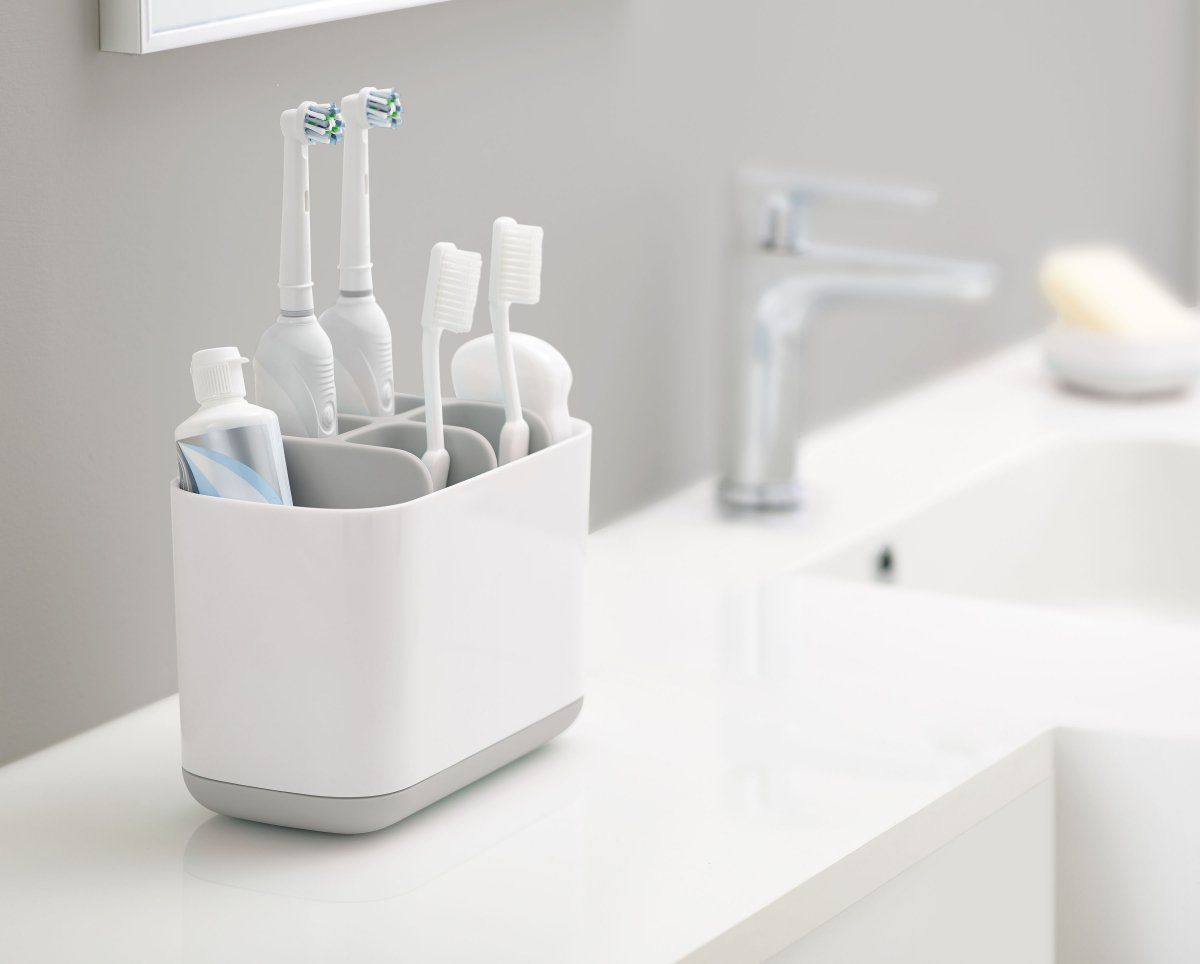
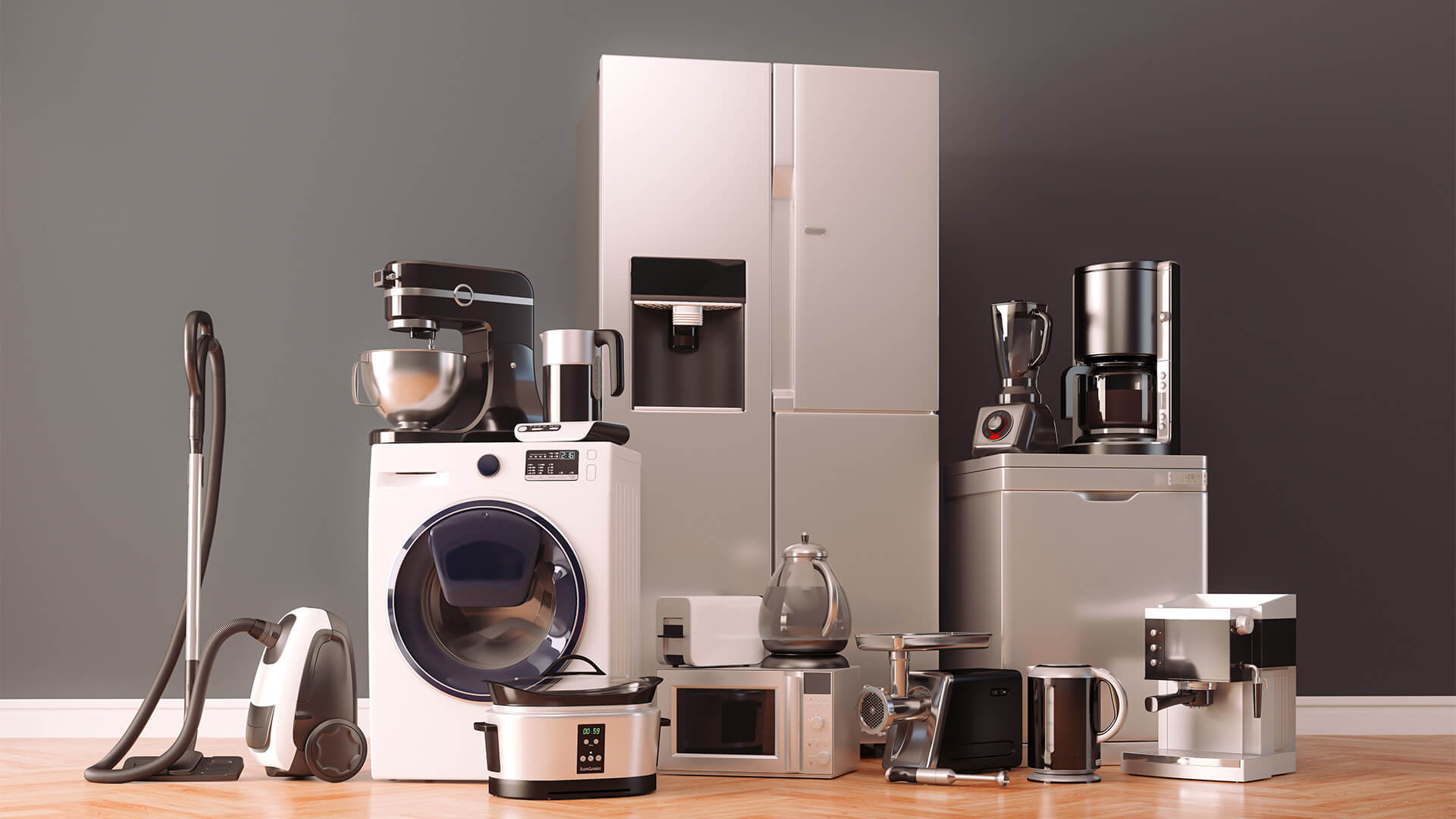
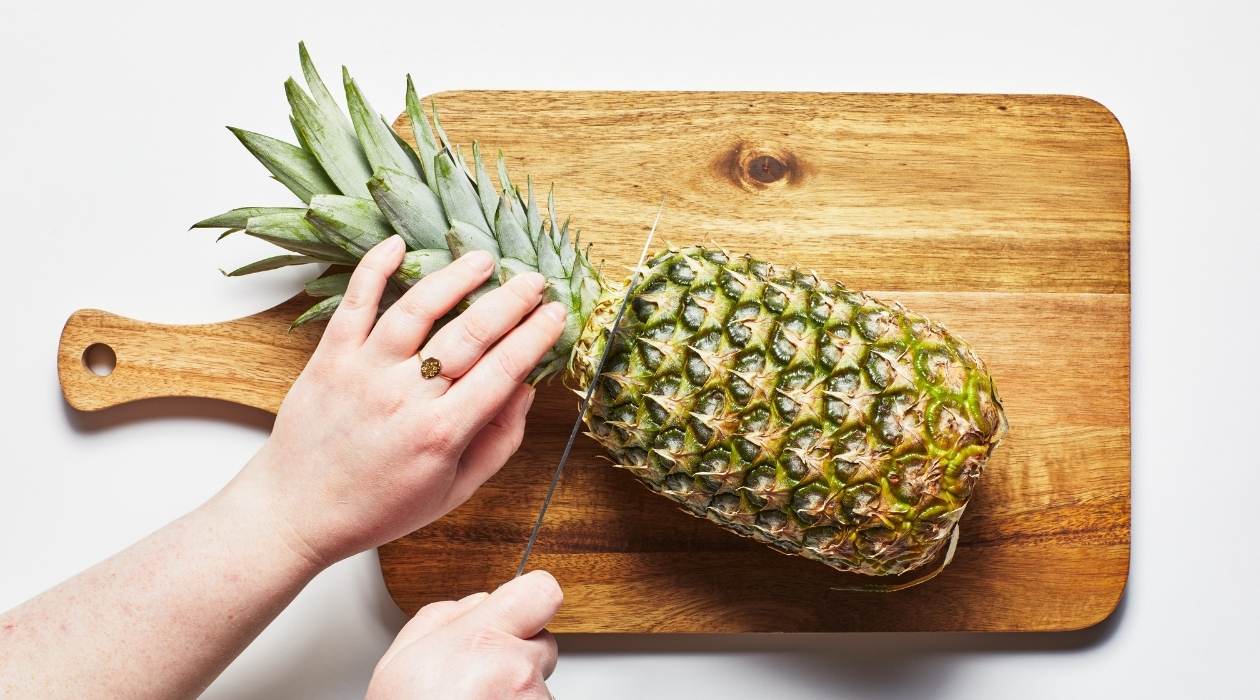


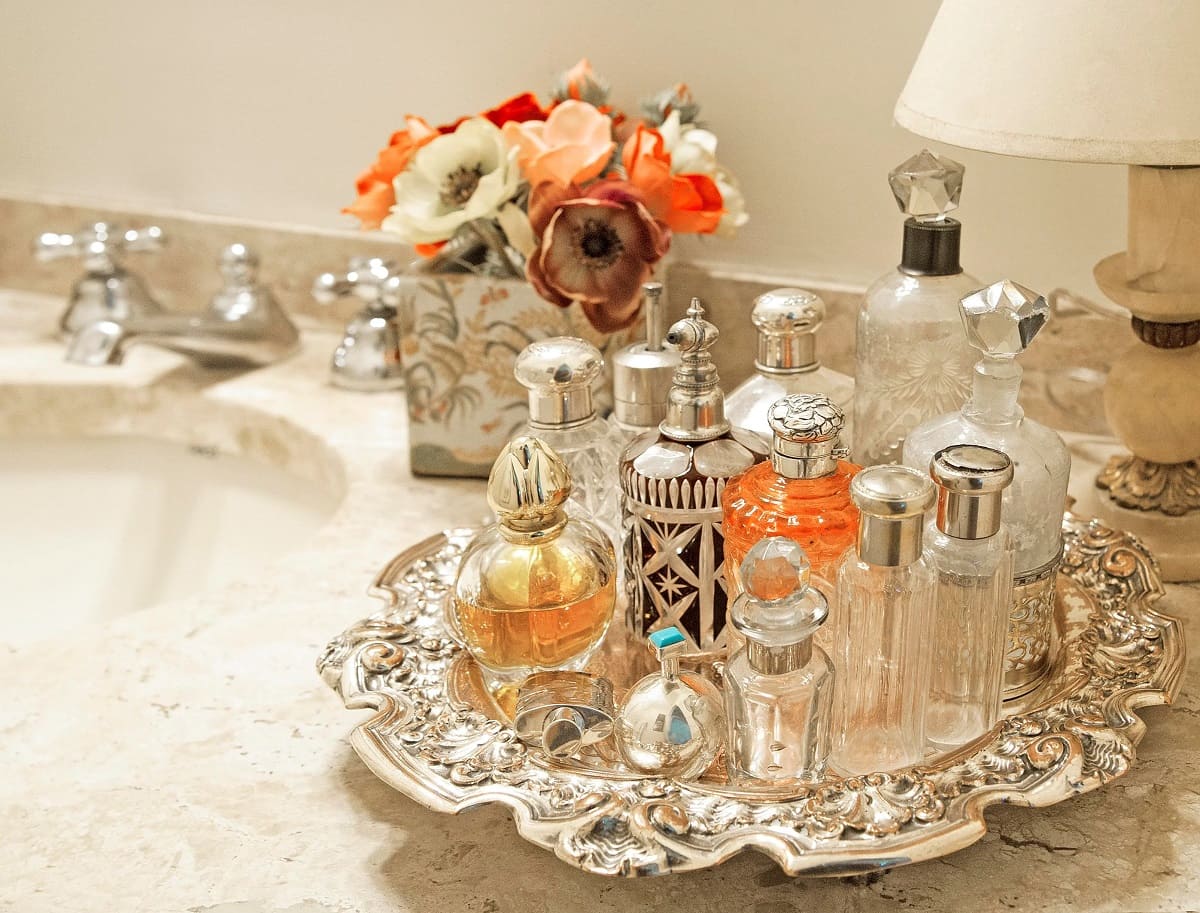
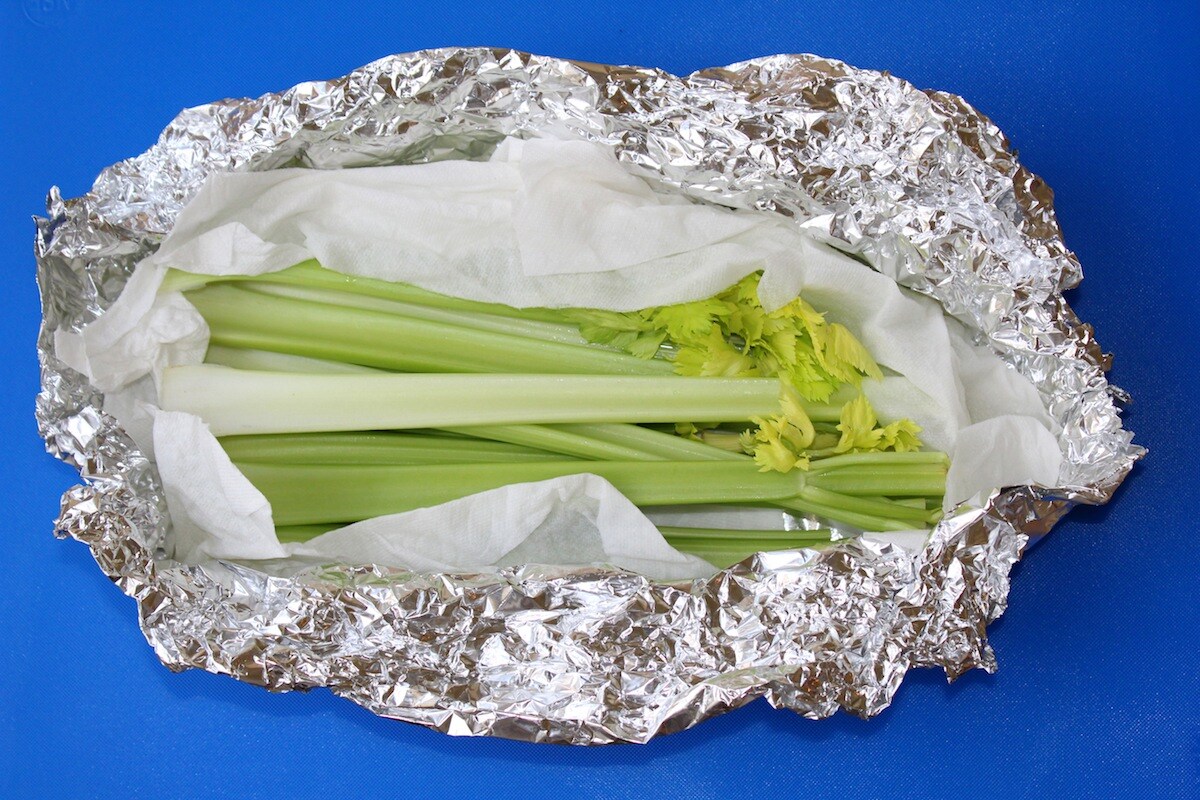
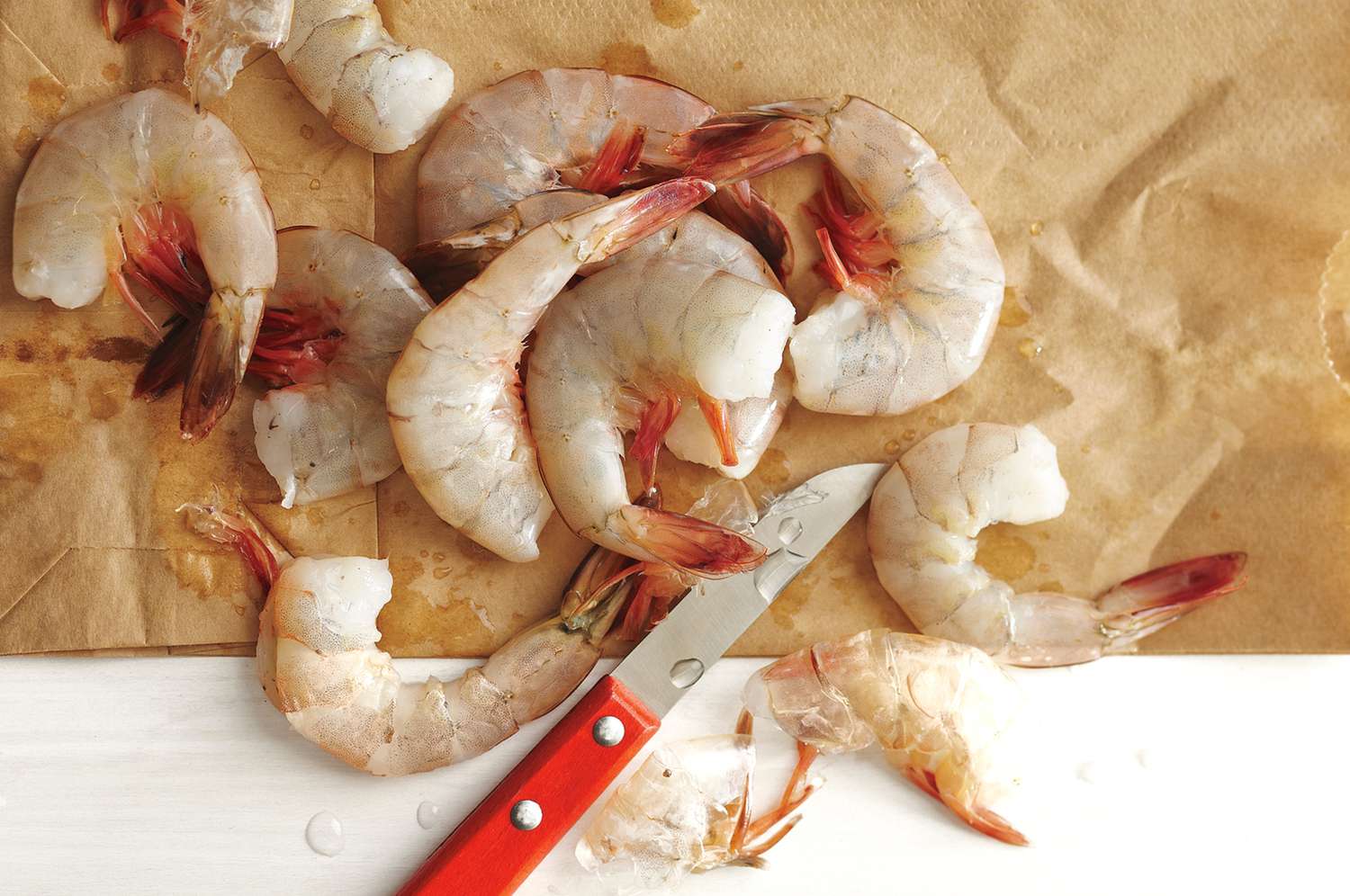

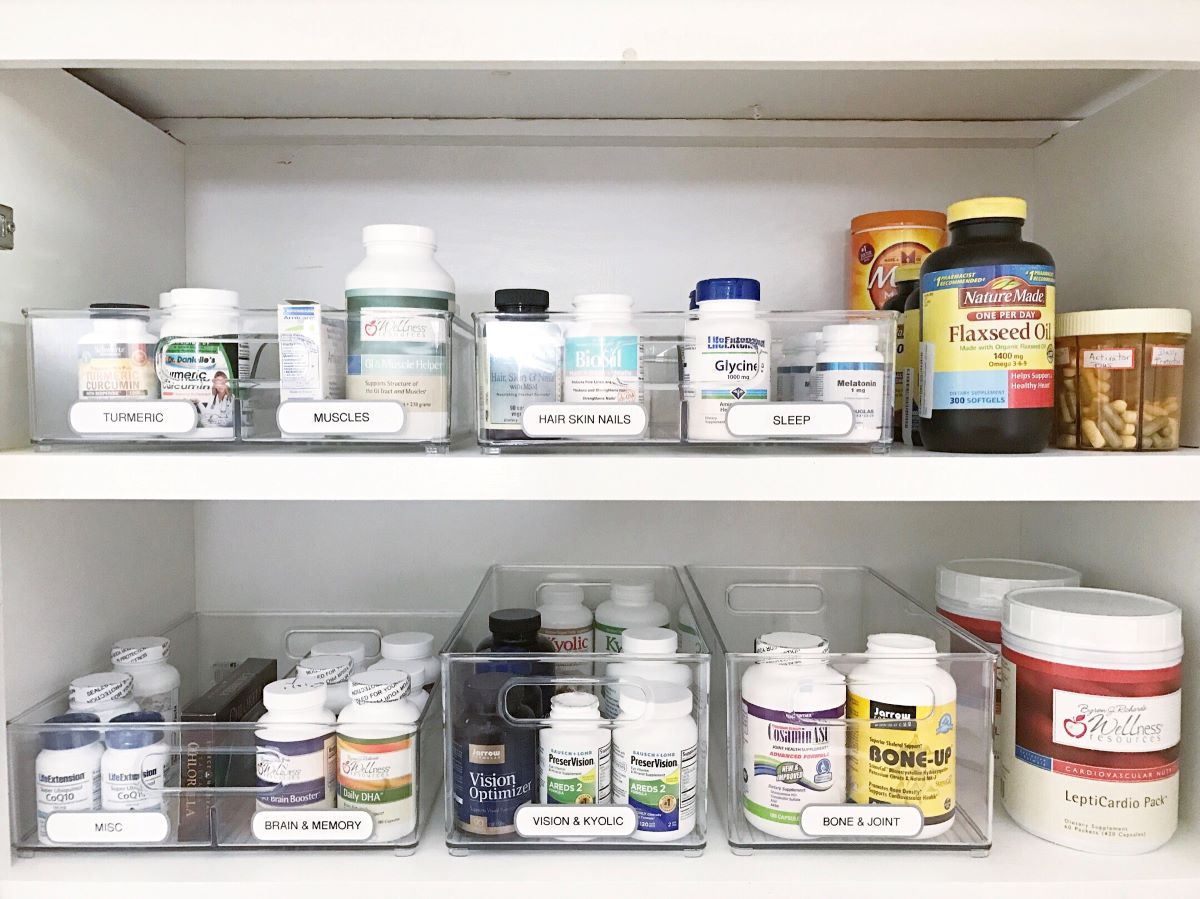


0 thoughts on “How To Store Limoncello”